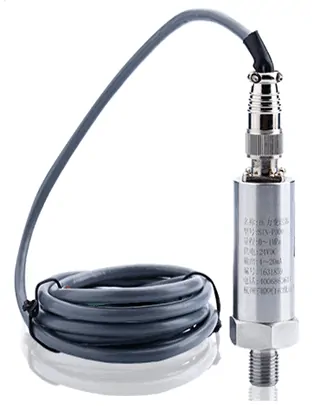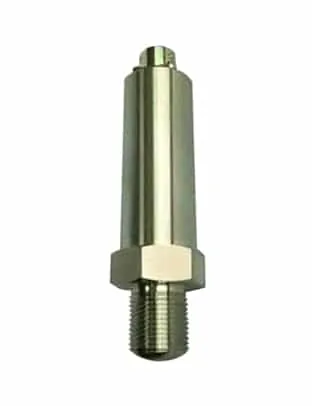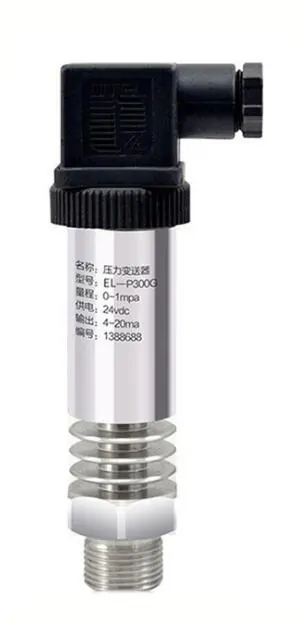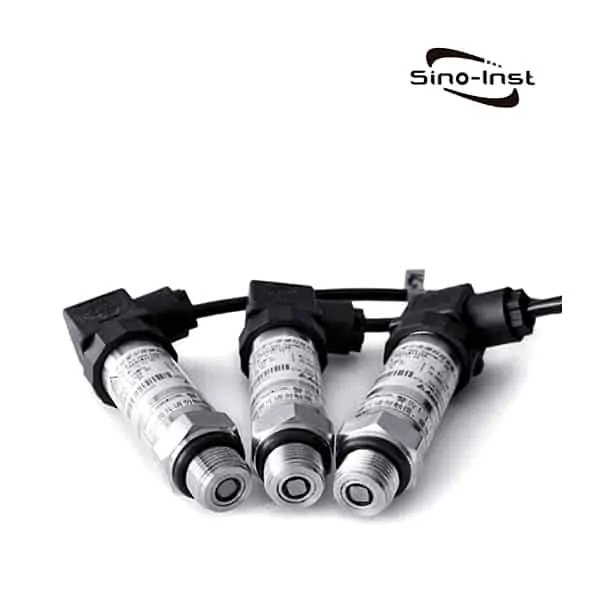6 Pin Bendix Connector is not a regular configuration for our pressure transmitters. We will share a custom case study involving a pressure transducer connector with a 6-pin Bendix connector, meeting unique customer requirements to ensure the utmost efficiency and effectiveness in their operations.
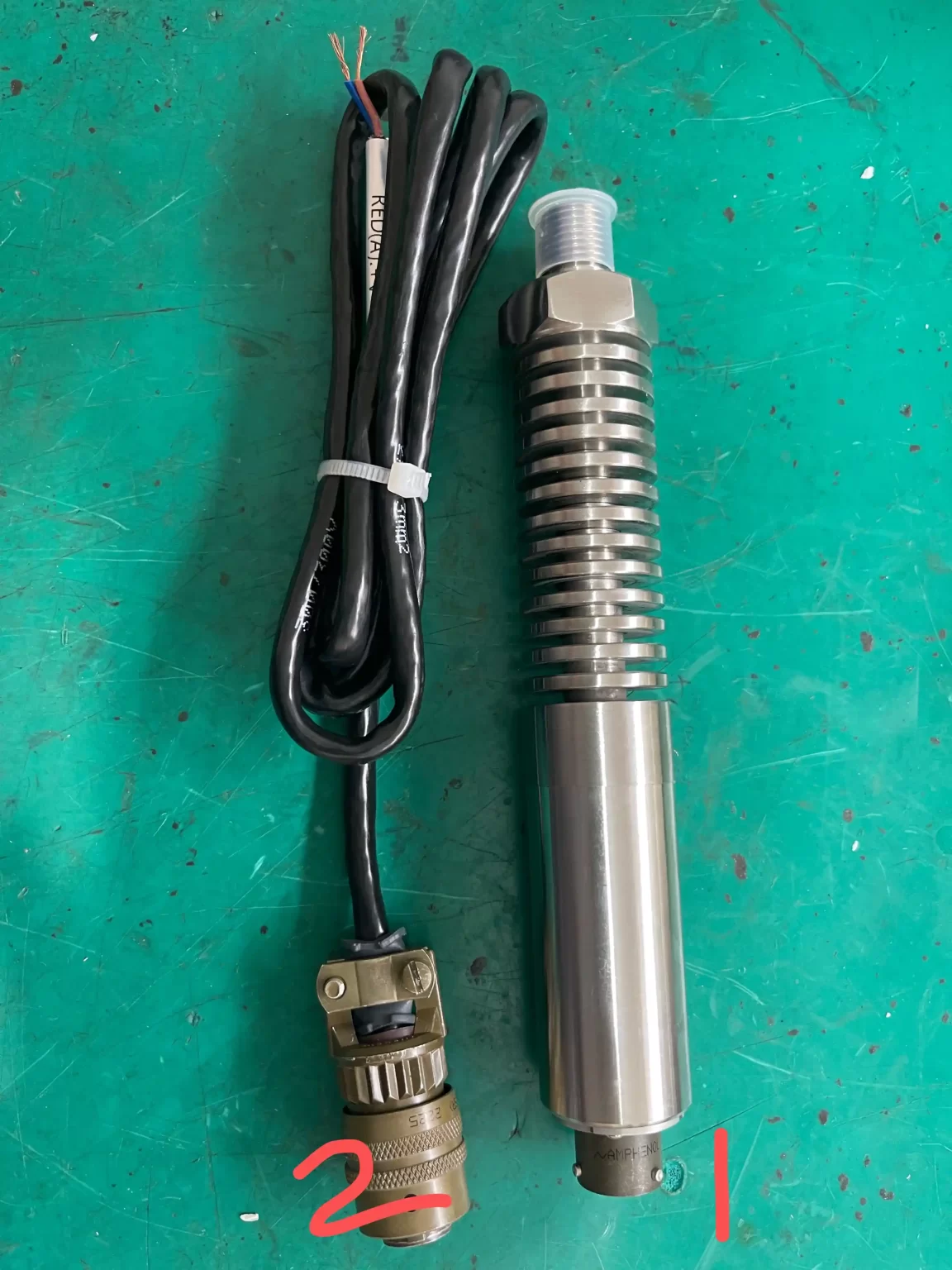
Common Types for Pressure Transducer Connectors
In order to let everyone better understand the electrical interface of the pressure transmitter, the following briefly introduces the types of the electrical interface of the pressure transmitter.
The first type: DIN43650 interface
The DIN43650 interface is what we often call the Hessmann interface, and the sealing level is IP65.
It can be well dustproof and splashproof, so that the signal transmission has high reliability.
In addition, the wiring of the Hessman connector is simple and convenient. The Hessman connector has four terminals, which can meet most of the two-wire or three-wire output situations.
At the same time, its unique wiring method also ensures the stability of the sensor. The line is not easy to fall off and there is no interference between the lines.
The second type: cable interface
The cable interface is divided into general cable interface and sealed cable interface, and the general cable interface directly leads the cable.
The sealed cable interface is a sealed structure with the inlet end meeting the IP68 sealing protection level. It is often used in liquid level transmitters and can be soaked underwater for a long time.
The third type: aviation plug/socket interface
The aviation plug comes from the military industry, so it is named, referred to as the aviation plug. It is a relatively advanced electrical connector. The most important thing is that the aviation plug has the function of connecting or disconnecting the circuit. There are many types of options and a wide range of applications.
There are as many as 12 types of it, and the best ones to remember are the Russian military standard aviation plug and the American military standard aviation plug. Aviation sockets for communication facilities and special aviation sockets developed by ourselves.
Secondly, it is convenient for connection; it is convenient for signal distinction and will not be confused.
Such as M12*1 four-pin plug.
Custom Case: Meeting Unique Requirements for Low-Temperature Applications
A client from the United States approached us with a specific request for low-temperature pressure transducers featuring customized connectors. They required the use of 6 pin Bendix connectors, with the model PT02A-10-6P. To cater to their unique needs, we designed and manufactured the following custom pressure transducers:
Pressure Transducer* (2 units)
Model: SI-2088
Range: 0-500 psi
Temperature: -196°C
Output: 4-20mA
Connector: 6 pin Bendix connector (PT02A-10-6P)
Thread: ¼” NPT
Pressure Transducer* (1 unit)
Model: SI-2088
Range: 0-10000 psi
Temperature: -196°C
Output: 4-20mA
Connector: 6 pin Bendix connector (PT02A-10-6P)
Thread: ¼” NPT
These custom pressure transducers provided the client with the precise measurements and reliable connections needed for their low-temperature applications, showcasing our ability to tailor solutions to specific requirements.
6 Pin Bendix Connector

The 6 Pin Bendix Connector is a type of circular connector designed for use in harsh environments and applications requiring high reliability. It is known for its durability, resistance to extreme temperatures, and mechanical stress. The 6-pin configuration allows for multiple connection points, making it suitable for various industrial devices, including pressure transducers, sensors, and control systems.
Features of the Model PT02A-10-6P:
The PT02A-10-6P is a specific model of the 6 Pin Bendix Connector, offering several features that make it ideal for industrial applications:
High-quality materials: The PT02A-10-6P is constructed using high-quality materials such as aluminum alloy, ensuring durability and resistance to corrosion and wear.
Sealed design: This model features a sealed design, providing protection against dust, water, and other contaminants, making it suitable for use in harsh environments.
Easy installation: The PT02A-10-6P is designed for easy installation, with a user-friendly design that allows for quick and secure connections between devices.
Compatibility: The PT02A-10-6P is compatible with a wide range of industrial devices, ensuring seamless integration into various systems.
FAQ
More Pressure Measurement Solutions
Submersible Pressure Transducers 101: Guide to Precise Level Measurements
0-5 Volt Pressure Transducers
What Is Hydrostatic Pressure?
What Is the Difference Between Class 1 Div 1 and Class 1 Div 2 ?
0-10v Pressure Transducers | 3 or 4 Wire Configuration
Unraveling the Pressure Puzzle: Absolute Pressure vs Gauge Pressure
Customization is crucial for meeting unique industry requirements, as demonstrated in our case study involving pressure transducers with 6 pin Bendix connectors.
By working with an experienced manufacturer and supplier like Sino-Inst, you can ensure your specific needs are met with tailored solutions. We offer a wide range of pressure transducers and connectors, with the ability to customize our products to suit your application.
If you have any questions or need further guidance, don’t hesitate to contact us, and let our team of experts help you find the perfect solution for your process control needs.
Contact Sino-Inst today for customized pressure transducer solutions tailored to your specific requirements!
Request a Quote

Wu Peng, born in 1980, is a highly respected and accomplished male engineer with extensive experience in the field of automation. With over 20 years of industry experience, Wu has made significant contributions to both academia and engineering projects.
Throughout his career, Wu Peng has participated in numerous national and international engineering projects. Some of his most notable projects include the development of an intelligent control system for oil refineries, the design of a cutting-edge distributed control system for petrochemical plants, and the optimization of control algorithms for natural gas pipelines.

